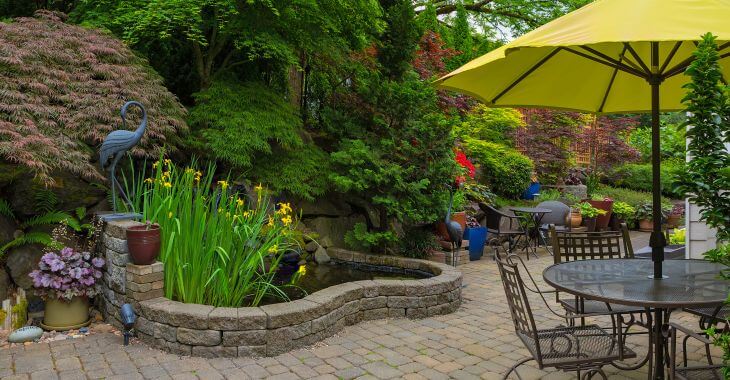Why Do I Need to Consider Hardscaping in My Landscaping Project?
In the excitement of launching into a new landscaping project, especially with the advancement of spring, most people are focusing their attention on their “softscape” projects such as vegetable gardens, flowerbeds, scrubs and trees. Oh, let’s not forget our constant quest for the perfect lawn of grass. While it is these elements that, in large part, give our homes their aesthetic appeal, our outdoor entertaining comfort and pleasure will not be complete without careful consideration of our hardscape needs as well.
Hardscaping typically refers to the “non-growing” parts of your landscaping project, including patios, sidewalks, driveways, decks, garden pathways, barbeque/fireplace pits, pools, retaining walls, etc. Hardscapes can be used for “segmenting” your landscape, either for property boundaries or in designing areas for specific uses such as reflective water ponds or children play areas. Ultimately, hardscape plays a critical role in controlling the environmental consideration of drainage, capturing and reusing runoff, and avoiding soil erosion.
You’ll want to make sure that the materials used in your hardscape compliment your home’s interior and exterior, in color and texture, as your landscaping project is, in essence, an extension of your living space. Your wood and stone elements should be balanced and blend in with the natural environment. In planning your landscaping project, try to look ahead toward possible future developments, even beyond your current focal point.
It is best to use the help of your local landscaping and hardscaping professional to develop an overall comprehensive site plan so that, when the time comes for additional projects, they can fit right into the work that you’ve already completed. A careful, thoughtful, use of hardscaping and softscaping materials will bring your landscape into perfect harmony for your entertainment and enjoyment.
